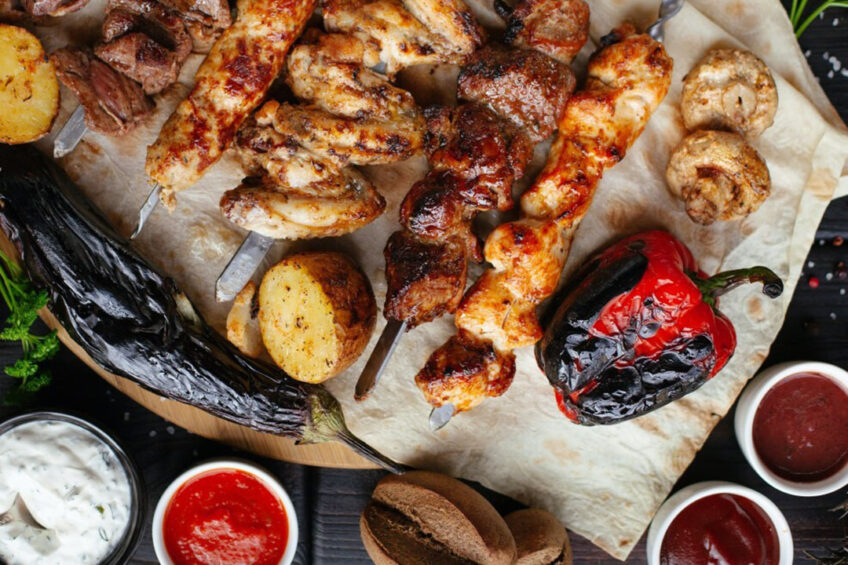Turkey’s poultry market continues to grow

The poultry sector is one of Turkey’s most well-integrated. In 2023, chicken meat production in Turkey is estimated to increase 9%, consumption by 5%, and exports by 15%.
The poultry sector, of which chicken meat accounts for 99% of total production, is the main source of protein in the country. The sector faces continuing challenges, including high production costs, a heavy dependency on foreign countries for input supplies, lower per capita consumption levels, and issues with exports due to political and economic turmoil in neighbouring countries.
Chicken meat production in Turkey
In 2021, Turkey produced 2.25 mmt of chicken meat, and 19.3 billion eggs, which is 2.4% less than the previous year due to high feed prices and the culling of flocks after the closure of the Iraq export market, which re-opened for Turkish eggs as of mid-2022.
In 2022, despite increasing feed prices, chicken meat production in Turkey is estimated to increase 10% to 2.46 mmt, which is primarily due to a more efficient supply of hatching eggs and day-old chicks, and stronger foreign demand. In 2022, imports of breeding stock increased 12%, and while most were used locally, 2% of the increase was re-exported as hatching eggs to Iraq and Russia.
In 2023, chicken meat production in Turkey is estimated to increase 9% to 2.68 mmt due to relatively stable export demand and slightly higher domestic consumption expected.
Feed, primarily corn and soybeans
In 2021, Turkey produced 5.5 mmt of broiler feed and 3.7 mmt of feed for layers. The main ingredients used in local broiler feed rations are corn and soybeans. While Turkey grows both crops, a sizeable portion is imported to meet demand.
Forest fires, market prices and exports hamper growth in chicken consumption
In 2023, chicken meat consumption is forecast at 1.7 mmt which is 5% higher than 2022. In 2022, consumption is forecast at 1.6 mmt, which is lower than 2021 due to increasing exports, high market prices, and less barbecuing due to restrictions after major forest fires in 2021 and the increasing price of coal. In 2021, chicken meat consumption was similar to 2020 levels due to a lack of growth because of Covid-19 measures such as curfews in the spring and movement restrictions in the summer.
A major transshipment point for poultry trade
While Turkey does not import chicken meat for domestic consumption, the country serves as a major transshipment point to the Middle East, mostly Iraq (80%) and Syria (20%). Turkey does, however, import hatching eggs, mostly from the UK, the US, and Canada, and day-old chicks from Germany, the UK, and the US.
Chicken meat a among top animal export products
Poultry meat is among the top-3 exported animal products in Turkey, along with milk cream and seabass. Restrictions by importing countries due to HPAI cases in Turkey is one of the main negative factors affecting the Turkish poultry export market, as well as political and economic turmoil in neighbouring countries, which causes uncertainty for exporters making contracts with importing companies.
In 2021, Turkey exported 26% of its total poultry production (98.2% broiler meat; 1.8% turkey meat) with chicken meat exports (excluding paws) reaching 563,274 mt (valued at US$857 million). In 2022, chicken meat exports are estimated to reach 860,000 mt, which is 52% more than 2021 due to strong export demand, particularly from Iraq and Iran (until the market closure in May 2022). In 2023, Turkish chicken meat exports are estimated to increase by 15% to 989,000 mt.
In terms of chicken paws, China is a large export market for Turkey, along with Uzbekistan, Thailand, Syria, and Iraq.
*This information in the article has been extracted from a USDA GAINS report.
 Beheer
Beheer




 WP Admin
WP Admin  Bewerk bericht
Bewerk bericht